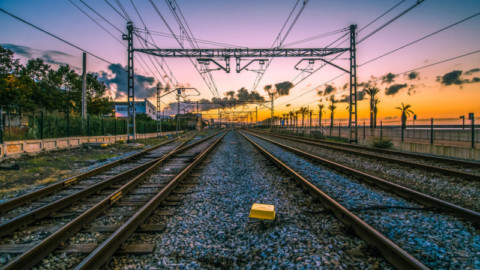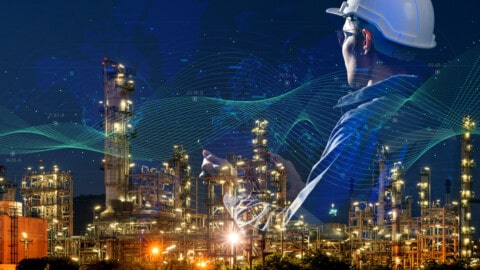In Australia, over 23,000 level crossings manage the safe interaction of trains and road users. As with all engineering assets, level crossings are regularly inspected to ensure that they are operating to design and remain in good working order.
In contrast to urban areas where level crossings will often have significant safety and warning infrastructure, level crossings in rural areas have mostly what is known as ‘’passive” protection such as warning and stop signs. In these locations sufficient sighting distances for road users to oncoming train movements can be affected by vegetation, terrain, buildings, and stockpiled material in both the road and rail easement.
To ensure safety at passive level crossings extensive assessments are undertaken in accordance with the Australian Level Crossing Assessment Model or ALCAM.
The challenges in assessing level crossings
Traditional methods for assessing level crossings involve sending personnel into the field to make observations manually. These include checks on correct signage and signage placement as well as measurements of sighting distances known as S1, S2 and S3. Manual observations performed in the field are not easily auditable without going back into the field to check them. This is especially true at remote locations.
Sending workers into the rail corridor greatly increases the organisational risk profile as workers are exposed to road traffic, potential oncoming trains and other hazards from walking on uneven surfaces. An ongoing and persistent skills shortage in Australia makes it increasingly hard for authorities to properly resource these assessments leading to significant backlogs.
Latest research
Recent research undertaken by Agonics, in collaboration with the National Transport Research Organisation, has demonstrated that with the right LiDAR and Imagery datasets of the road and rail easement, desktop assessments of Level Crossings can be performed so that personnel do not need to be sent into the field.
LiDAR (Light Detection and Ranging) is a remote sensing technology that can revolutionise the measurement of sighting distances at railway level crossings. LiDAR technology uses laser beams to measure distances with high precision. It can be used to create detailed 3D maps of the environment, accurately capturing the terrain and any obstacles to sighting distances such as vegetation.
Combined with camera systems, LiDAR can be mounted on road and rail vehicles as well as on drones allowing for remote sensing without putting personnel in harm’s way. This greatly enhances safety and efficiency.
A new methodology
A new assessment methodology sees individual level crossings assessed against ALCAM using a desktop workflow supplemented by LiDAR and imagery data from the road and railway easement.
The desktop workflow processes LiDAR and imagery datasets from the field and, using human assessors supported by machine learning algorithms, populates assessment forms in a controlled, quality assured way. The incorporation of ‘human in the loop’ principles ensures that subject matter expertise remains central to the assessment process. This step is important to build confidence in the new methodology and to ensure that existing personnel can continue to do important assessment work but from the safety of an office environment.
The new methodology supports level crossing owners and maintainers in assessing level crossings in a fast, auditable way using existing subject matter experts. This ensures continuity in inspections, while preserving local knowledge.
Transitioning to LiDAR based level crossing assessments will have an impact on a national scale and promote safer and more effective level crossing management.
This sponsored editorial is brought to you by Agonics. Agonics is presenting and exhibiting at the RISSB Rail Safety Conference in Melbourne, April 30 and May 1 2024. For more information, click here.
















